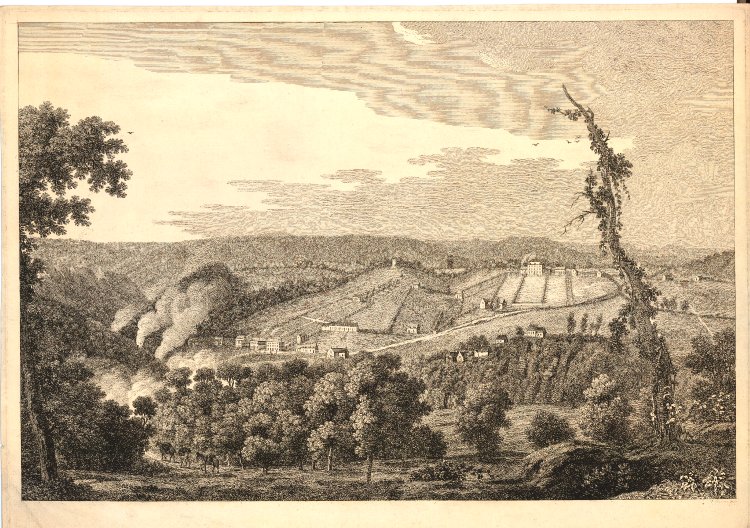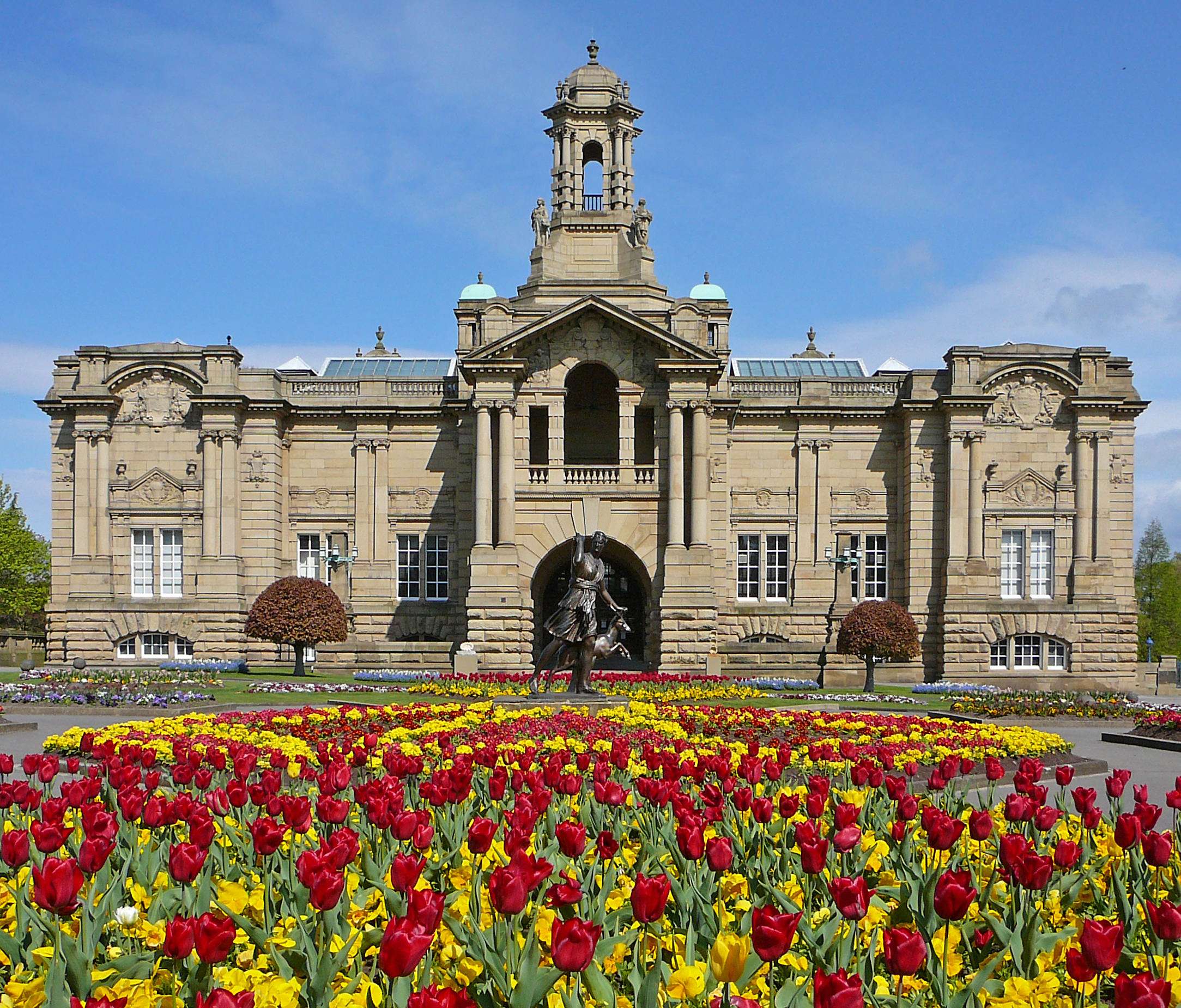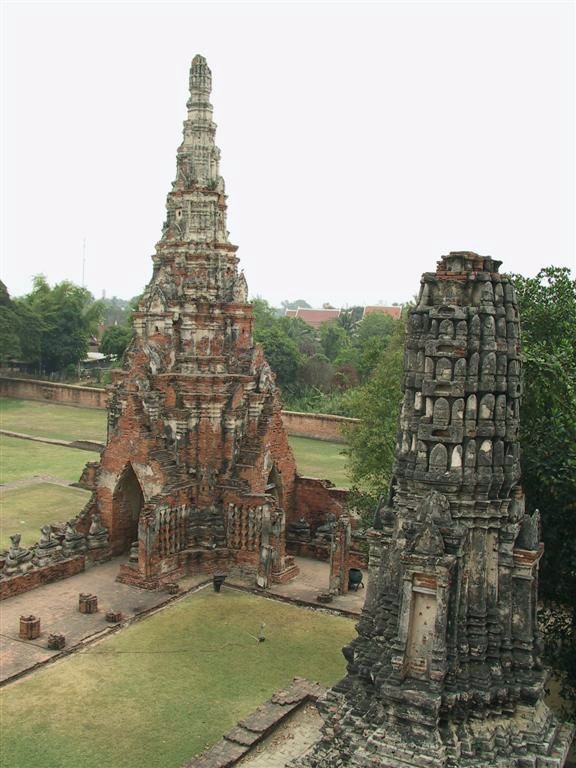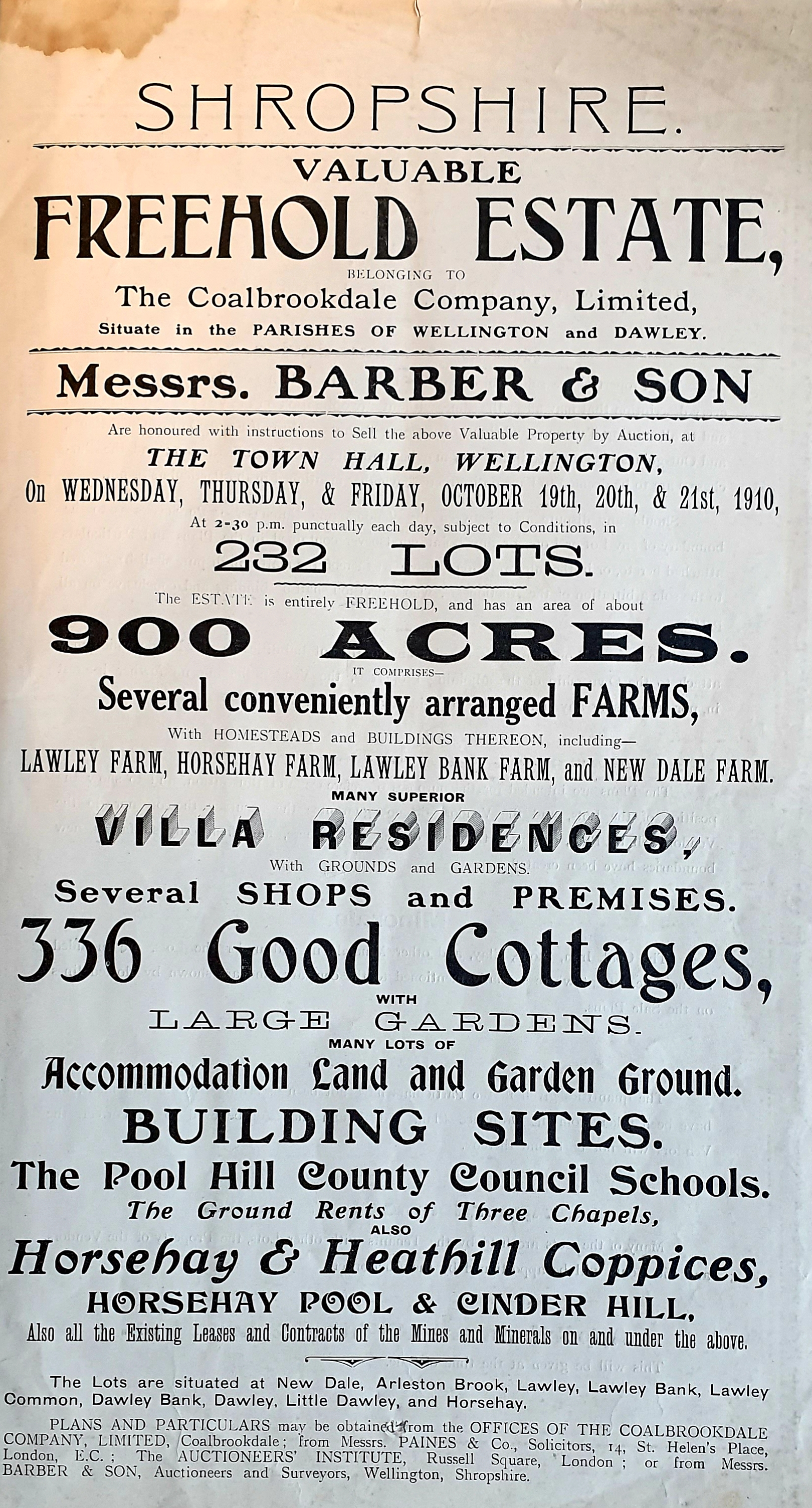|
Thomas Smith (English Painter)
Thomas Smith (died 12 September 1767), also known as Thomas Smith of Derby, was a landscape painter and father of John Raphael Smith and miniaturist painter Thomas Corregio Smith. Smith painted many landscapes including historic houses like Chatsworth and views of the Lake District. With George Perry he designed views of Coalbrookdale, which were engraved by François Vivares. These are among the earliest industrial landscapes. Smith's 1751 painting "An Extensive Landscape with Hunting Party" was sold for over $67,000 at an auction at Sotheby's. He painted the picture in 1751, a year before his son was born and sixteen years before his death. There are several of his paintings and those of his son in Derby Art Gallery and examples too in British institutions like Bradford Museum and Galleries and in the Government Art Collection. [...More Info...] [...Related Items...] OR: [Wikipedia] [Google] [Baidu] |
South West Prospect Of Coalbrook Dale
South is one of the cardinal directions or compass points. The direction is the opposite of north and is perpendicular to both west and east. Etymology The word ''south'' comes from Old English ''sūþ'', from earlier Proto-Germanic ''*sunþaz'' ("south"), possibly related to the same Proto-Indo-European root that the word ''sun'' derived from. Some languages describe south in the same way, from the fact that it is the direction of the sun at noon (in the Northern Hemisphere), like Latin meridies 'noon, south' (from medius 'middle' + dies 'day', ), while others describe south as the right-hand side of the rising sun, like Biblical Hebrew תֵּימָן teiman 'south' from יָמִין yamin 'right', Aramaic תַּימנַא taymna from יָמִין yamin 'right' and Syriac ܬܰܝܡܢܳܐ taymna from ܝܰܡܝܺܢܳܐ yamina (hence the name of Yemen, the land to the south/right of the Levant). South is sometimes abbreviated as S. Navigation By convention, the ''bottom or down-f ... [...More Info...] [...Related Items...] OR: [Wikipedia] [Google] [Baidu] |
Cartwright Hall
Cartwright Hall is the civic art gallery in Bradford, West Yorkshire, England, situated about a mile from the city centre in the Manningham district. It was built on the former site of Manningham Hall using a gift of £40,000 donated by Samuel Lister and it is named after Edmund Cartwright. The gallery which opened in 1904 initially had a display of artworks loaned from other galleries and private collections until it was able to purchase a permanent collection of Victorian and Edwardian works using money raised by the 1904 Bradford Exhibition. Cartwright Hall stands in Lister Park and enjoys scenic views of the city. Cartwright Hall has been held to represent ''"Bradford Baroque"'', a style of architecture typical of Bradford. It is however designed by the same architects as Glasgow's Kelvingrove Art Gallery and Museum ( Sir John W. Simpson and E.J. Milner Allen), also in the Baroque style. The purpose-built gallery is home to a collection of permanent works, from Old Mas ... [...More Info...] [...Related Items...] OR: [Wikipedia] [Google] [Baidu] |
Artists From Derby
An artist is a person engaged in an activity related to creating art, practicing the arts, or demonstrating the work of art. The most common usage (in both everyday speech and academic discourse) refers to a practitioner in the visual arts only. However, the term is also often used in the entertainment business to refer to actors, musicians, singers, dancers and other performers, in which they are known as ''Artiste'' instead. ''Artiste'' (French) is a variant used in English in this context, but this use has become rare. The use of the term "artist" to describe writers is valid, but less common, and mostly restricted to contexts such as critics' reviews; "author" is generally used instead. Dictionary definitions The ''Oxford English Dictionary'' defines the older, broader meanings of the word "artist": * A learned person or Master of Arts * One who pursues a practical science, traditionally medicine, astrology, alchemy, chemistry * A follower of a pursuit in which skill ... [...More Info...] [...Related Items...] OR: [Wikipedia] [Google] [Baidu] |
English Landscape Painters
English usually refers to: * English language * English people English may also refer to: Culture, language and peoples * ''English'', an adjective for something of, from, or related to England * ''English'', an Amish term for non-Amish, regardless of ethnicity * English studies, the study of English language and literature Media * ''English'' (2013 film), a Malayalam-language film * ''English'' (novel), a Chinese book by Wang Gang ** ''English'' (2018 film), a Chinese adaptation * ''The English'' (TV series), a 2022 Western-genre miniseries * ''English'' (play), a 2022 play by Sanaz Toossi People and fictional characters * English (surname), a list of people and fictional characters * English Fisher (1928–2011), American boxing coach * English Gardner (born 1992), American track and field sprinter * English McConnell (1882–1928), Irish footballer * Aiden English, a ring name of Matthew Rehwoldt (born 1987), American former professional wrestler ... [...More Info...] [...Related Items...] OR: [Wikipedia] [Google] [Baidu] |
18th-century English Painters
The 18th century lasted from 1 January 1701 (represented by the Roman numerals MDCCI) to 31 December 1800 (MDCCC). During the 18th century, elements of Enlightenment thinking culminated in the Atlantic Revolutions. Revolutions began to challenge the legitimacy of monarchical and aristocratic power structures. The Industrial Revolution began mid-century, leading to radical changes in human society and the environment. The European colonization of the Americas and other parts of the world intensified and associated mass migrations of people grew in size as part of the Age of Sail. During the century, slave trading expanded across the shores of the Atlantic Ocean, while declining in Russia and China. Western historians have occasionally defined the 18th century otherwise for the purposes of their work. For example, the "short" 18th century may be defined as 1715–1789, denoting the period of time between the death of Louis XIV of France and the start of the French Revolut ... [...More Info...] [...Related Items...] OR: [Wikipedia] [Google] [Baidu] |
1767 Deaths
Events January–March * January 1 – The first annual volume of ''The Nautical Almanac and Astronomical Ephemeris'', produced by British Astronomer Royal Nevil Maskelyne at the Royal Observatory, Greenwich, gives navigators the means to find longitude at sea, using tables of lunar distance. * January 9 – William Tryon, governor of the Royal Colony of North Carolina, signs a contract with architect John Hawks to build Tryon Palace, a lavish Georgian style governor's mansion on the New Bern waterfront. * February 16 – On orders from head of state Pasquale Paoli of the newly independent Republic of Corsica, a contingent of about 200 Corsican soldiers begins an invasion of the small island of Capraia off of the coast of northern Italy and territory of the Republic of Genoa. By May 31, the island is conquered as its defenders surrender.George Renwick, ''Romantic Corsica: Wanderings in Napoleon's Isle'' (Charles Scribner's Sons, 1910) p230 * February 19 ... [...More Info...] [...Related Items...] OR: [Wikipedia] [Google] [Baidu] |
Government Art Collection
The Government Art Collection (GAC) is the collection of artworks owned by the UK government and administered by the Department for Culture, Media and Sport (DCMS). The GAC's artworks are used to decorate major government buildings in the UK and around the world, and to promote British art, culture and history. The GAC now holds over 14,000 works of art in a variety of media, including around 2,500 oil paintings, but also sculpture, prints, drawings, photographs, textiles and video works, mainly created by British artists or artist with a strong connection to the UK, from the sixteenth century to the present day. Works are displayed in several hundred locations, including Downing Street, ministerial offices and reception areas in Whitehall, regional government offices in the UK, and diplomatic posts outside the UK. History The GAC dates its establishment to 5 December 1899, when Reginald Brett, 2nd Viscount Esher, the 2nd Viscount Esher, Permanent Secretary to the Office of Wor ... [...More Info...] [...Related Items...] OR: [Wikipedia] [Google] [Baidu] |
Derby Museum And Art Gallery
Derby Museum and Art Gallery is a museum and art gallery in Derby, England. It was established in 1879, along with Derby Central Library, in a new building designed by Richard Knill Freeman and given to Derby by Michael Thomas Bass. The collection includes a gallery displaying many paintings by Joseph Wright of Derby; there is also a large display of Royal Crown Derby and other porcelain from Derby and the surrounding area. Further displays include archaeology, natural history, geology, military collections and world cultures. The Art Gallery was opened in 1882. History The museum can trace its start to the formation of the Derby Town and County Museum and Natural History Society on 10 February 1836. The society was housed by Full Street Public Baths but it was a private society funded by its members' subscriptions. Its collections were created by donations initially from Dr Forrester who had been a President of Derby Philosophical Society. The patron of the Museum Societ ... [...More Info...] [...Related Items...] OR: [Wikipedia] [Google] [Baidu] |
Landscape
A landscape is the visible features of an area of land, its landforms, and how they integrate with natural or human-made features, often considered in terms of their aesthetic appeal.''New Oxford American Dictionary''. A landscape includes the physical elements of geophysically defined landforms such as mountains, hills, water bodies such as rivers, lakes, ponds and the sea, living elements of land cover including indigenous vegetation, human elements including different forms of land use, buildings, and structures, and transitory elements such as lighting and weather conditions. Combining both their physical origins and the cultural overlay of human presence, often created over millennia, landscapes reflect a living synthesis of people and place that is vital to local and national identity. The character of a landscape helps define the self-image of the people who inhabit it and a sense of place that differentiates one region from other regions. It is the dynamic ... [...More Info...] [...Related Items...] OR: [Wikipedia] [Google] [Baidu] |
François Vivares
François Vivares ( Saint-Jean-du-Bruel 11 July 1709 – 28 November 1780 London) was a French landscape-engraver, active in England. Life He was born in France at Saint-Jean-du-Bruel, near Montpellier, on 11 July 1709, and brought up in Geneva. At the age of 18 he moved permanently to London. He took on Peter Paul Benazech as apprentice in 1746. Vivares exhibited engravings with the Incorporated Society of Artists in 1766 and 1768. During the last thirty years of his life he resided in Great Newport Street, central London, where he kept a print-shop. There he died on 28 November 1780, and was buried in Paddington churchyard. He was three times married, and had 31 children. His son Thomas Vivares also worked as an engraver. Works His plates number about 160, and were largely published by John Boydell. Many were from the old masters: Claude, Gaspar Poussin, Il Bolognese, Vanderneer, and Cuyp; but a large proportion of them are views of English scenery after Thomas Gainsb ... [...More Info...] [...Related Items...] OR: [Wikipedia] [Google] [Baidu] |
Coalbrookdale
Coalbrookdale is a town in the Ironbridge Gorge and the Telford and Wrekin borough of Shropshire, England, containing a settlement of great significance in the history of iron ore smelting. It lies within the civil parish called The Gorge, Shropshire, the Gorge. This is where iron ore was first smelted by Abraham Darby I, Abraham Darby using easily mined "coking coal". The coal was drawn from drift mines in the sides of the valley. As it contained far fewer impurities than normal coal, the iron it produced was of a superior quality. Along with many other industrial developments that were going on in other parts of the country, this discovery was a major factor in the growing industrialisation of Britain, which was to become known as the Industrial Revolution. Today, Coalbrookdale is home to the Ironbridge Institute, a partnership between the University of Birmingham and the Ironbridge Gorge Museum Trust offering postgraduate and professional development courses in Industrial her ... [...More Info...] [...Related Items...] OR: [Wikipedia] [Google] [Baidu] |






